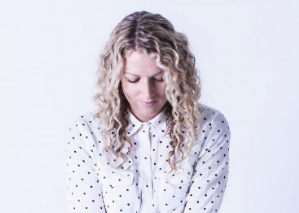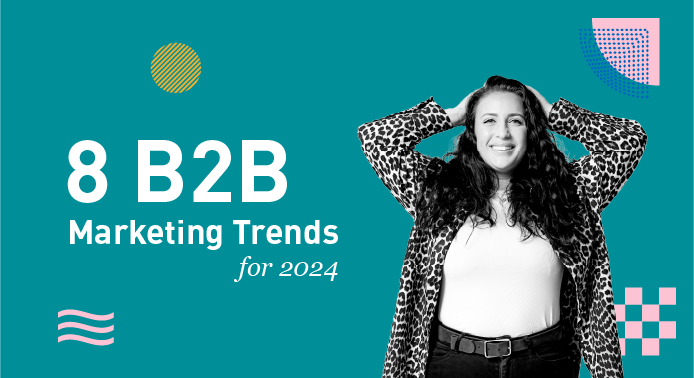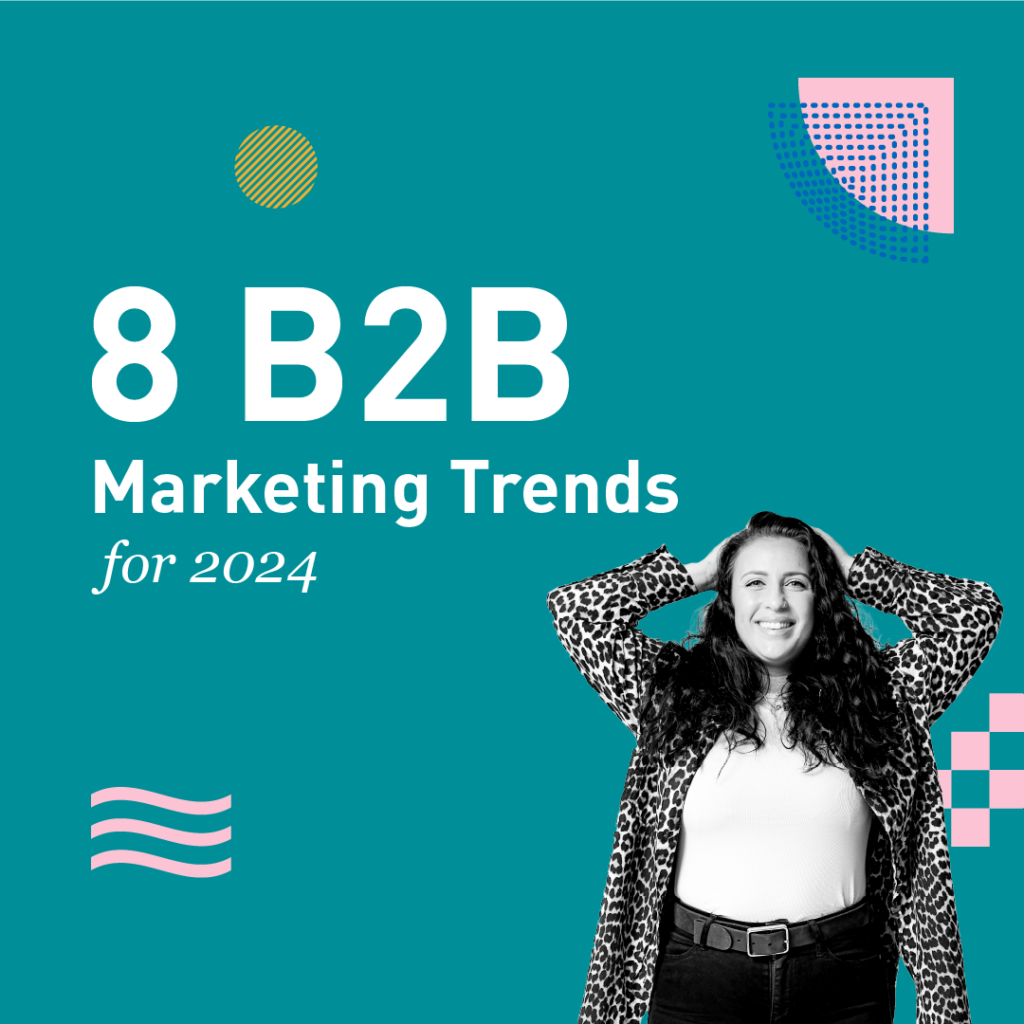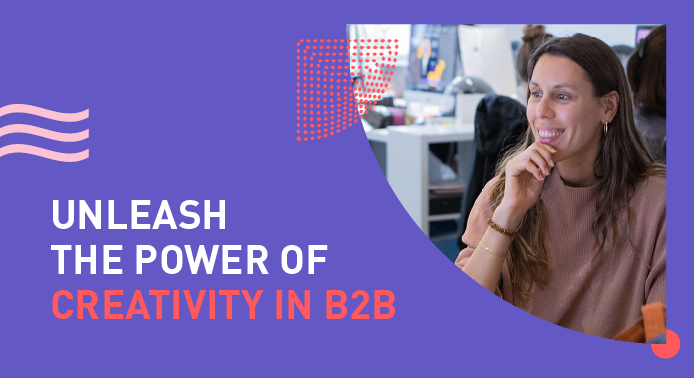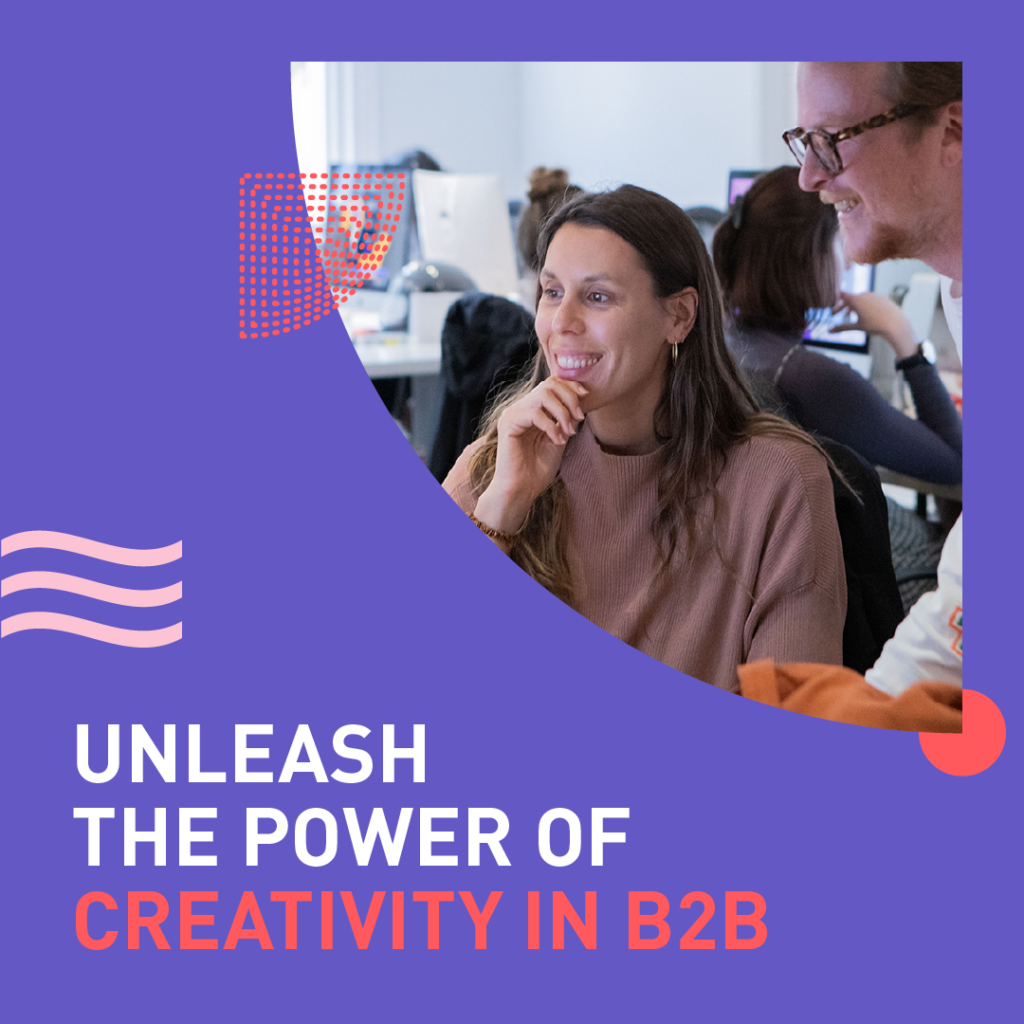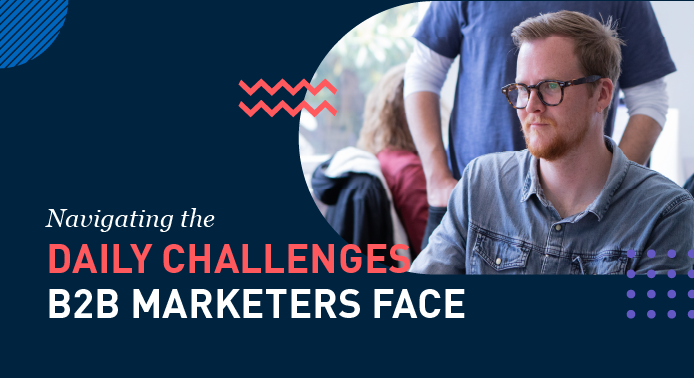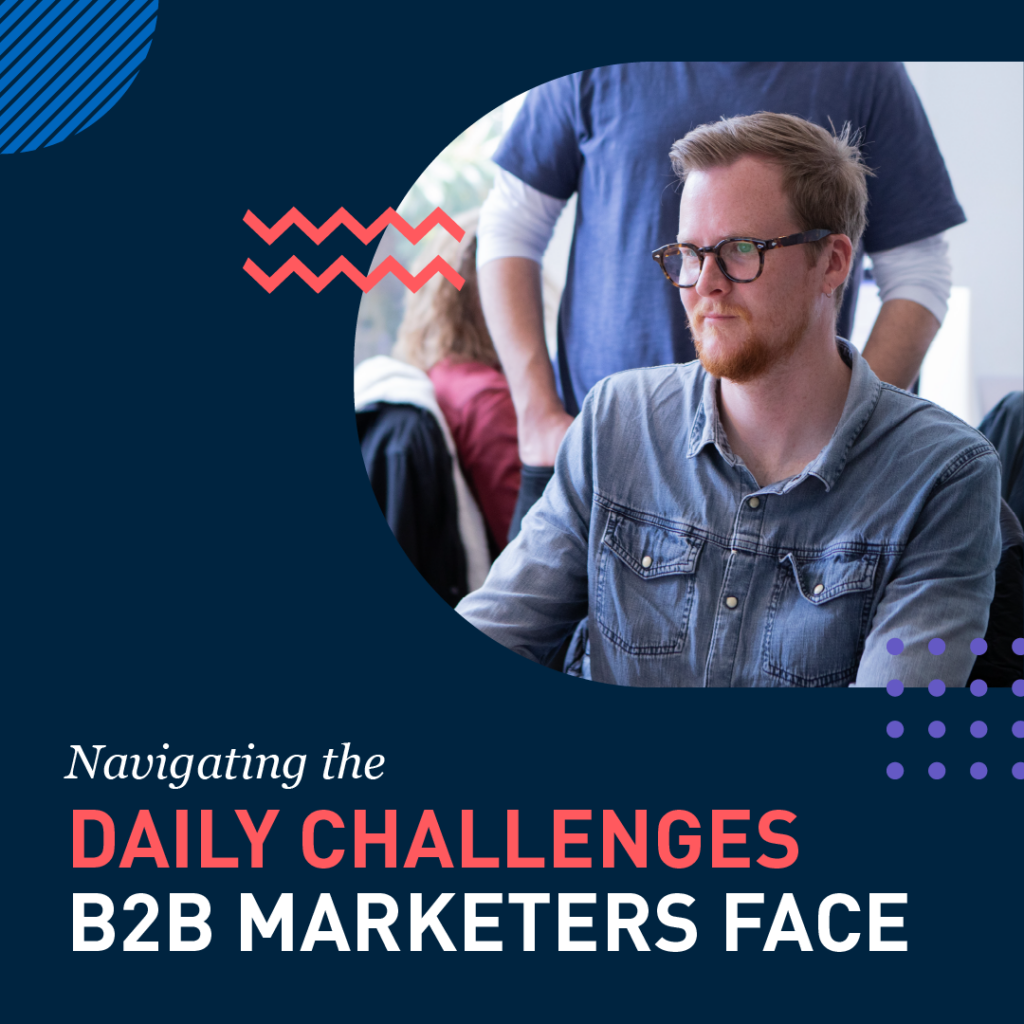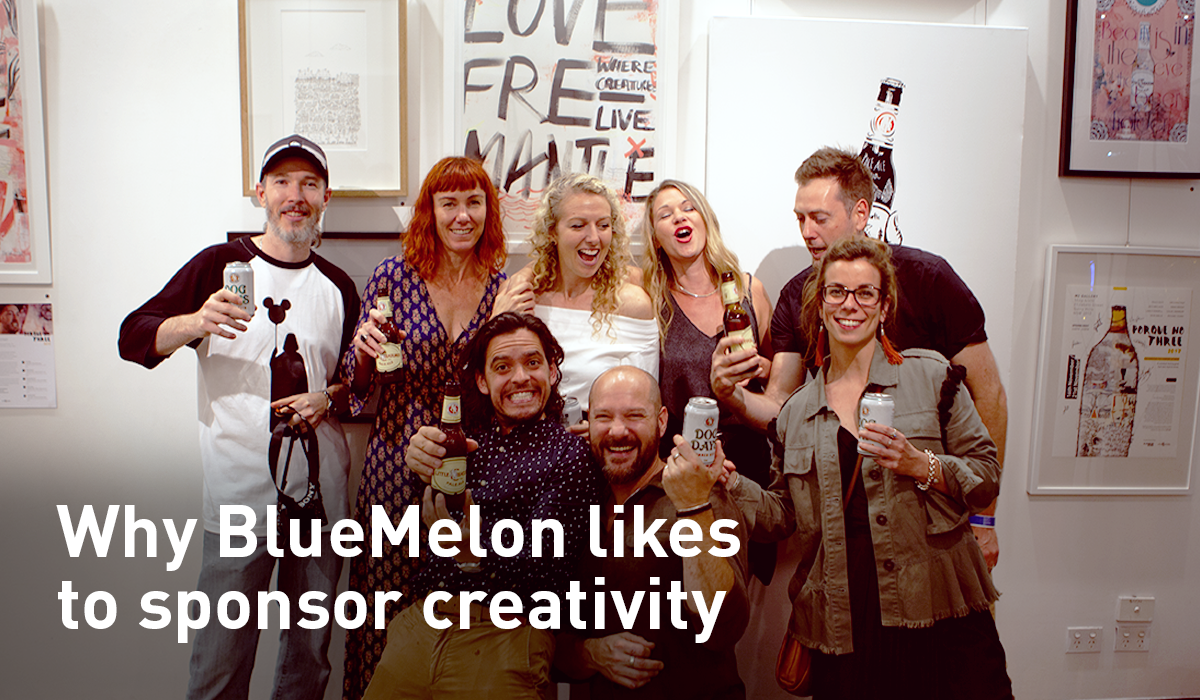
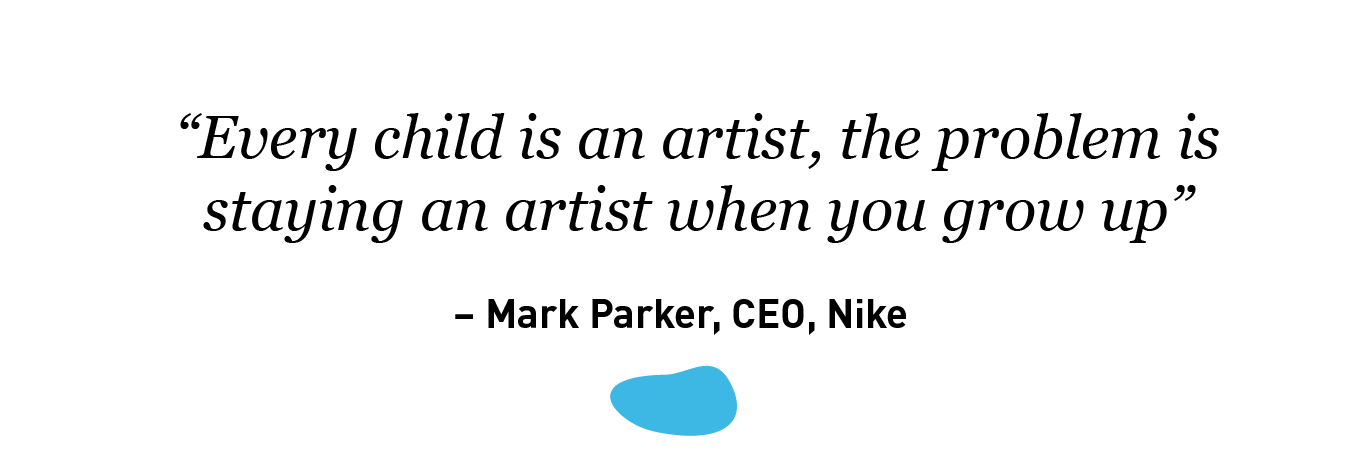
Creativity is important, not just for those who dedicate their life to an art. While the science on the benefits of creativity isn’t exactly black and white, it’s true that doing things differently has value. For years, we’ve thought that it’s a specific trait available to those born “gifted,” and the myth of the more creative “right brain” persists. In reality, the hemispheres of the brain don’t work in isolation, and creative thinking involves all parts of the brain. That’s just one reason why we like to sponsor creativity in tangible ways.
This month, we’re proud to be hosting the 10th biennial exhibition “Porqueno” (which means “Why not?” in Spanish) where we’re seeing Melons, as well as outside contributors, put time aside to unleash new ways of thinking as they put their brains to work on something more open-ended. The artists are free to express themselves and take on their own interpretation of the exhibition’s theme – this year centered around the contentious 7 Deadly Sins. Our society often focuses on the external productivity of creative output, but we like to remind ourselves of our roots (even though it can be hard to get out of the routine!) and encourage getting out of our comfort zone.
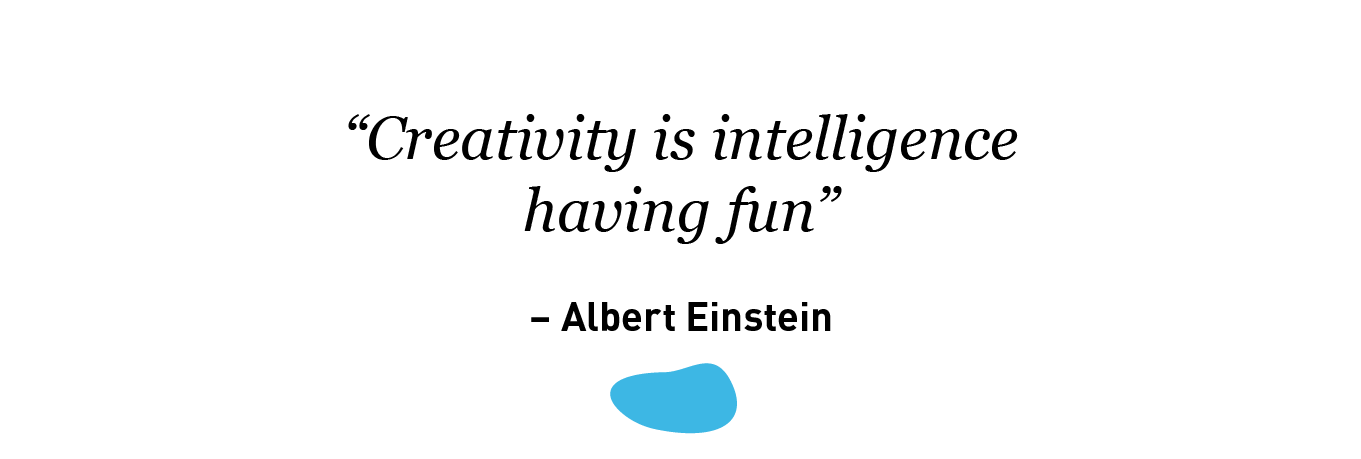
Art VS science
Data is more important than ever, but it’s also vital, we believe, to not forget the art of marketing and advertising too. Given creativity involves the interaction of lots of different brain networks, creative thinking is a powerful way to unleash new ideas, firing up both right and left hemispheres of the brain. Let us get nerdy for a moment – humans are unique in the animal world in that we have a larger prefrontal cortex, which gifts us the capacity to separate our individual experience from time and space (and probably what gives us the ability to be super humble too.) The existence of this frontal lobe, in this way, allows us to imagine other possibilities. Creativity involves forethought, and vision, to imagine the way the world could be – in our future, or a future which will never come. It requires both intelligence and imagination to work beyond the known (and human brains are wired to love certainty, and promote assumptions.) How can you put a cost on that? We’ve found that at times agency work can be challenging as clients may want to start on the solution before understanding or validating what the problem is. However, when the front chunk of our brains is lit up, we’re actually dealing with more sophisticated concepts than something the intellectual mind can plan out.
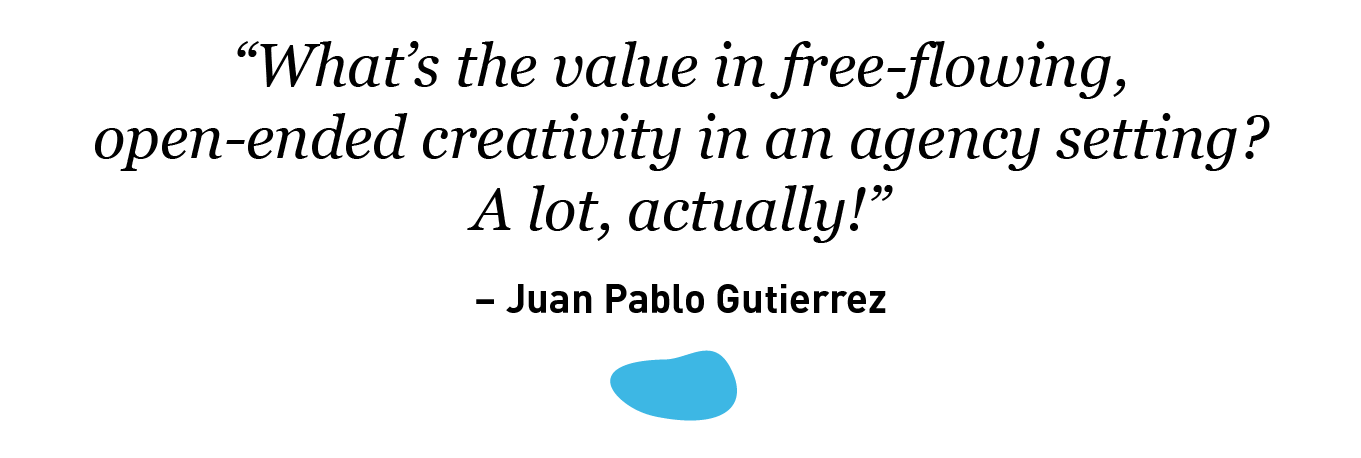
Turning inwards lights up imagination
When our brain is in so-called “creative mode” we are employing more brain power as we face situations which are unclear, vague and open-ended. All of this is good news for any problem solving – be it to fill a blank canvas, design an ad campaign, or figure out what to do when your car breaks down. Being creative means being more introspective. When we access the subconscious and the unknown, in more sciency terms – we access the default mode network, lighting up our imagination grid. It’s recognised for being active when a person is not focused on the outside world, aka those moments when you’re staring outside a train window, daydreaming…thinking what your life would be like in a movie. Anytime our mind wanders in this way, we’re activating the ability to see life from another perspective (which not only leads to awesome creations, but also boosts our ability to be compassionate.) In contrast, when we are carrying out more straightforward tasks, or are not actively engaging our “creative mode”, we seek to be more efficient and accurate, and take the path of least resistance. The world’s biggest innovation leaders have their own initiatives for supporting this – check out Google’s 20% project, for example. It’s responsible for some of the company’s top creations, including Gmail.
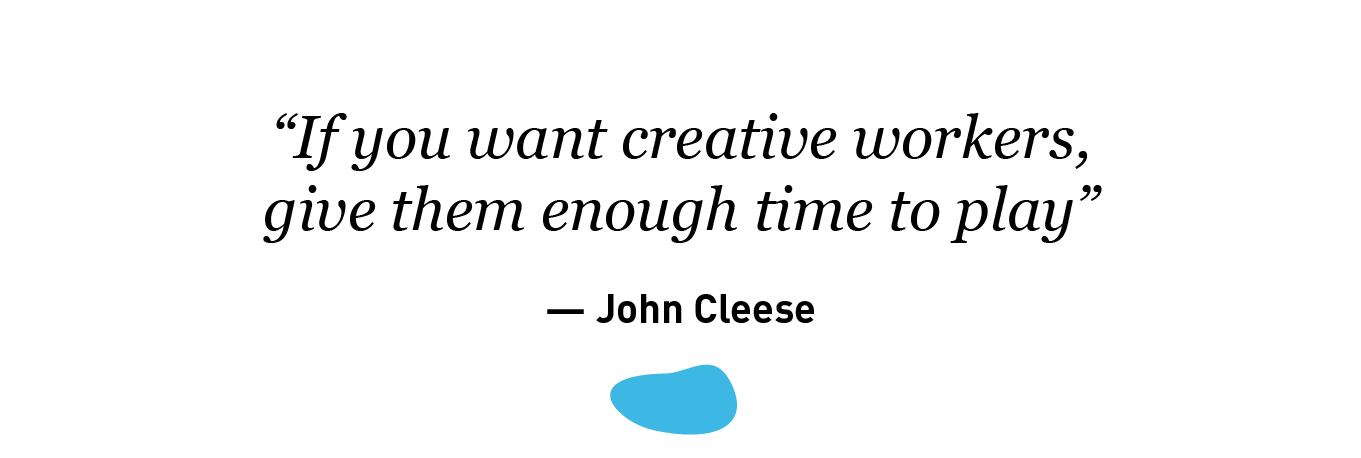
Creativity is for everyone
Neuroplasticity or brain plasticity has now been widely regarded as fact. This means that we can be flexible and creative thinkers well into adulthood, not just in our youth. Creative activity can be seen as another type of learning. Like ad giant exec Leo Burnett said, “Curiosity about life in all of its aspects, I think, is still the secret of great creative people.” Truth is, we are all born with the ability to be creative. On the other hand, we’re not all given the opportunity to express that creativity in an open, supportive way. In order for mental synthesis to work, signals arrive in the prefrontal cortex aka various parts of the frontal lobe light up when we engage in creative ideation. Seeing differently begins with embracing the unknown. What is interesting to us? How do we see the world? How can we see the world differently?
It’s never too late to create.
It’s a small miracle that we can host a live art exhibition during a pandemic! We hope you’ll join us.
Let us know your thoughts on the creative process and agency’s dedication to innovation on our socials.
Antigone Anagnostellis works at Bluemelon Design, which is proud to be a Linkedin Partner creative agency with a number of countries around the world. You can join the Blummie community here.
